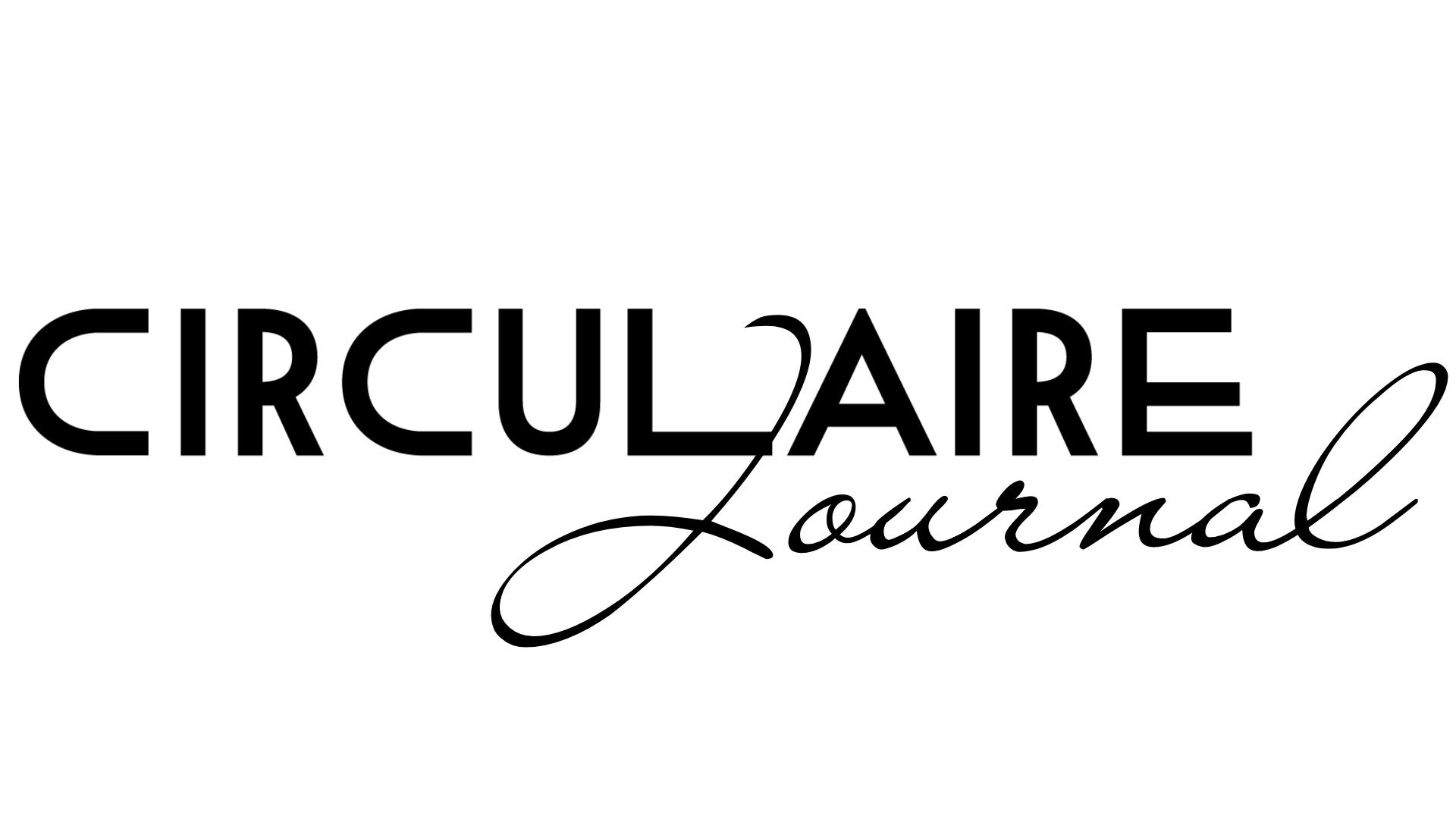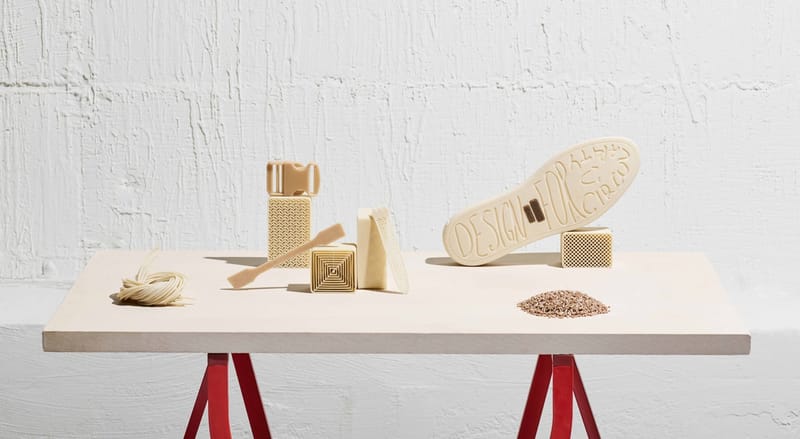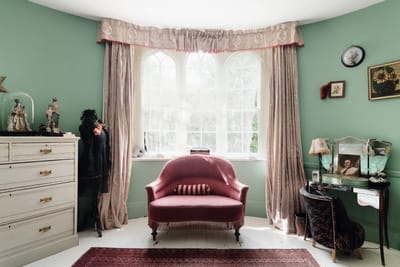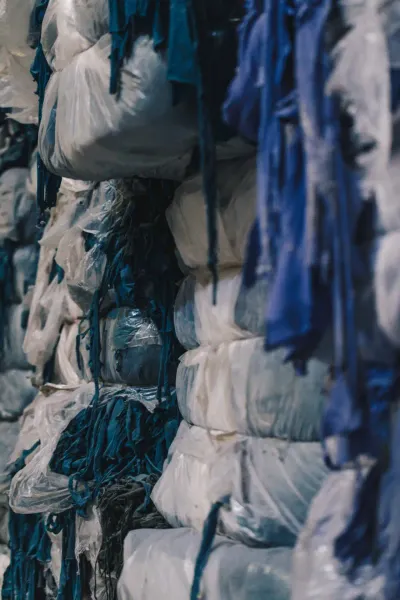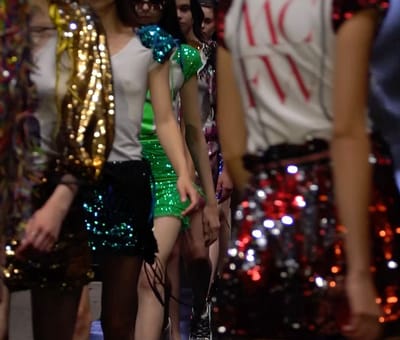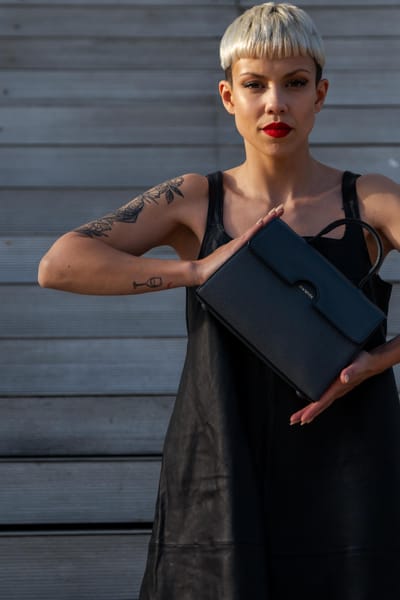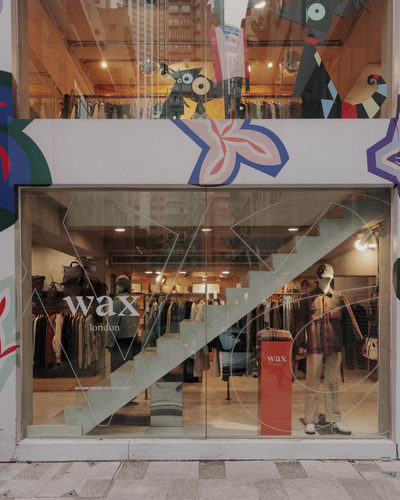Balena has been awarded the prestigious Red Dot Award: Design Concept for their revolutionary BioCir FlexTex3D. This accolade, announced on June 24th, highlights the innovative prowess of Balena's fully compostable and recyclable solution for 3D-printed textiles. BioCir FlexTex3D stands out for its unique combination of flexibility, durability, and wearability, positioning it at the forefront of sustainable textile technology.
Since its inception in 1955 by the Design Zentrum Nordrhein Westfalen in Essen, Germany, the Red Dot Award has emerged as a global emblem of exceptional design quality and innovation. Each year, this esteemed honour acknowledges outstanding achievements across various categories, including product design, communication design, and design concepts. The recognition of Balena’s BioCir FlexTex3D in the design concept category is a testament to the material’s groundbreaking potential in reshaping the fashion industry's sustainability landscape.
David Roubach, Founder & CEO of Balena, shared insights into the inspiration behind BioCir FlexTex3D. He explained, “BioCir®flextex3D emerged from a recognition of the urgent need for materials that meet today's fashion standards, combining high-performance with the environmental benefits of biodegradability specifically in the textile industry. In today's fashion industry, where 40% of unsold garments annually end up in landfills, contributing to environmental harm exacerbated by unsustainable materials like polyester and nylon, BioCir®flextex3D offers a circular alternative.”

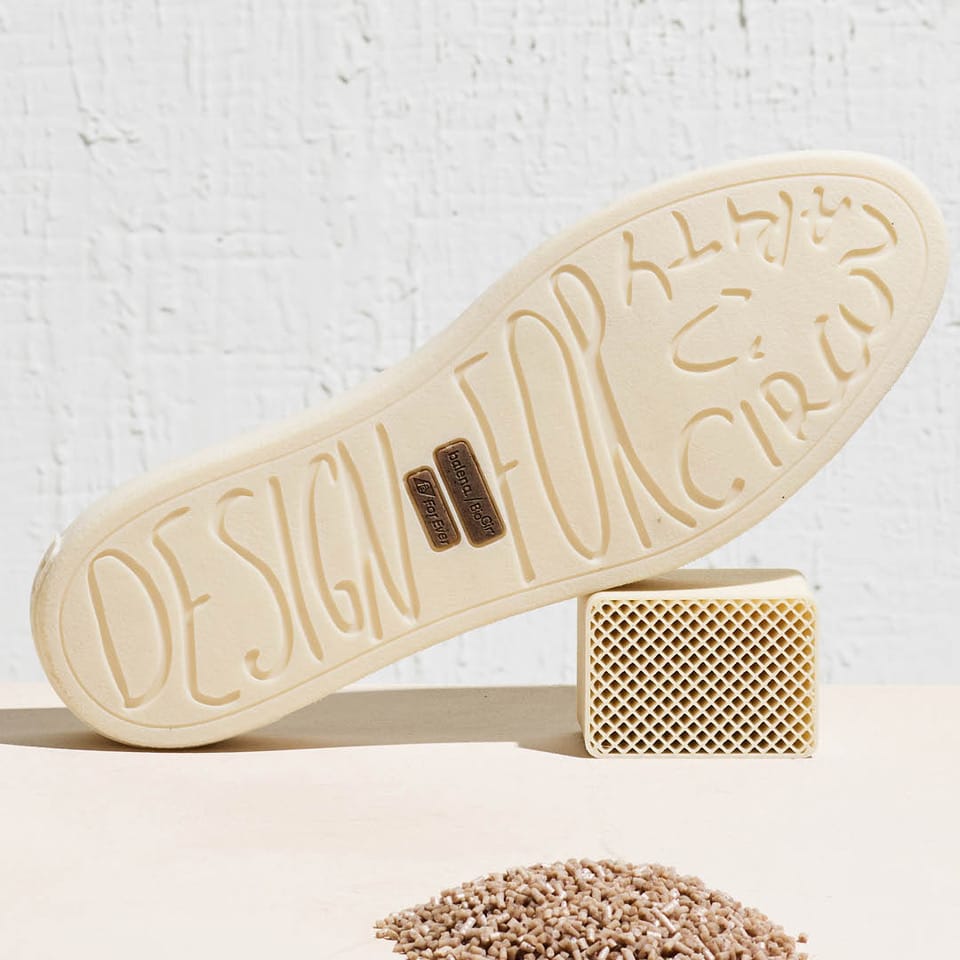
David Roubach, Founder & CEO of Balena
BioCir FlexTex3D addresses the pressing issue of fashion waste by offering a biobased alternative to conventional materials like polyester and nylon. The fashion industry, notorious for its environmental impact, sees about 40% of garments produced annually go unsold and eventually end up in landfills. Traditional 3D printing materials such as PLA and PHA fall short in terms of strength, durability, and flexibility required for wearable garments. Balena’s innovative material fills this critical gap, providing a sustainable and effective solution for on-demand, customizable clothing production.
Roubach emphasized the advantages of their product, saying, “BioCir®flextex3D stands apart from traditional materials as it is derived from biobased sources, inherently offering a sustainable advantage by reducing environmental impact across its lifecycle. Underpinned by our BioCir®flex3D - a bio-based, compostable, and recyclable thermoplastic material, BioCir®flextex3D revolutionises the textile fashion landscape by enabling the 3D printing of fabrics and garments that are not only highly flexible and exceptionally durable but importantly, wearable.”
The Red Dot Award for Design Concept, established in 2005, honours forward-thinking designs and prototypes that set the stage for tomorrow's products. This year, Balena's BioCir FlexTex3D was rigorously evaluated by a panel of 29 expert judges, who commended its excellence in meeting high design standards and its potential to revolutionize fashion.
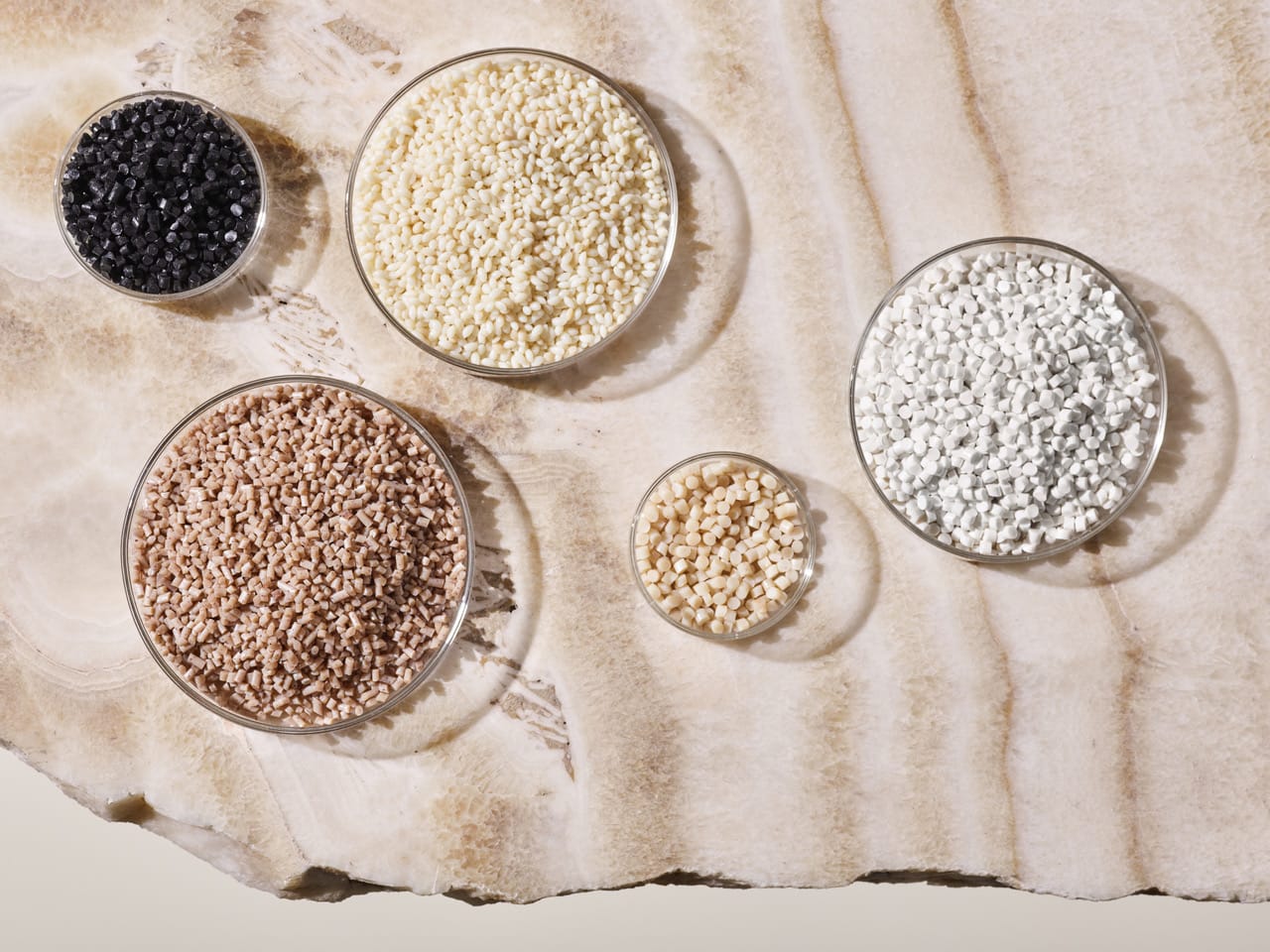
Reflecting on the significance of winning the award, Roubach expressed, “Winning the Red Dot Award is a tremendous honour for us at Balena. Our Chief Product Officer, Yael Vantu, shared a story with the team when we first received notification of our win. It was about her university days, where the Red Dot Award was spoken of with great prestige and admiration during lectures. It's incredible to think that we've now achieved this recognition. This validates all the hard work and innovation we've invested in creating next-gen circular materials.”
In 2024, Balena's partnership with modular 3D fashion designer Brigitte Kock (Variable Seams) culminated in a collection of ready-to-wear garments that showcased the versatility of BioCir FlexTex3D. This collaboration not only underscored the material’s practicality and durability but also set a new benchmark in fabric design, championing a circular model from production through to the end-of-life.
Roubach highlighted the importance of this collaboration: “Partnering with Brigitte was an incredible experience that allowed us to showcase BioCir®flextex3D versatility and potential in real-world applications. Brigitte's innovative design approach and commitment to sustainability and circular design perfectly complemented our vision. Working alongside such a driven and creative professional was truly so inspiring and mostly enjoyable for our team.”
Yael Vantu, Chief Product Officer at Balena, reflected on the journey: “I vividly recall learning about the Red Dot Award during the early stages of my design career. Its reputation for honouring innovative concepts and pushing the boundaries of creativity left an indelible mark on me. Winning this prestigious award now is not only a professional milestone but also a deeply personal validation of our team's dedication and vision for a fully circular future in fashion.”
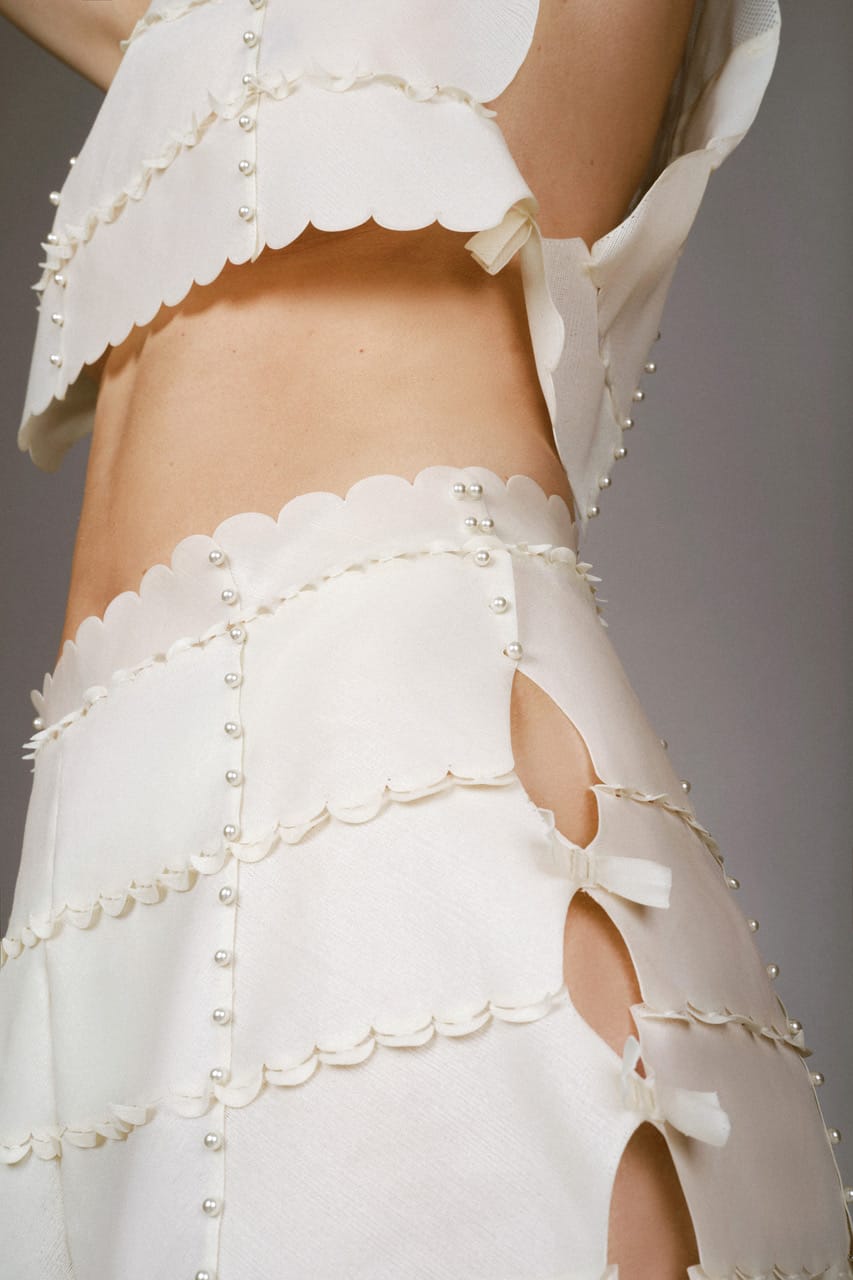
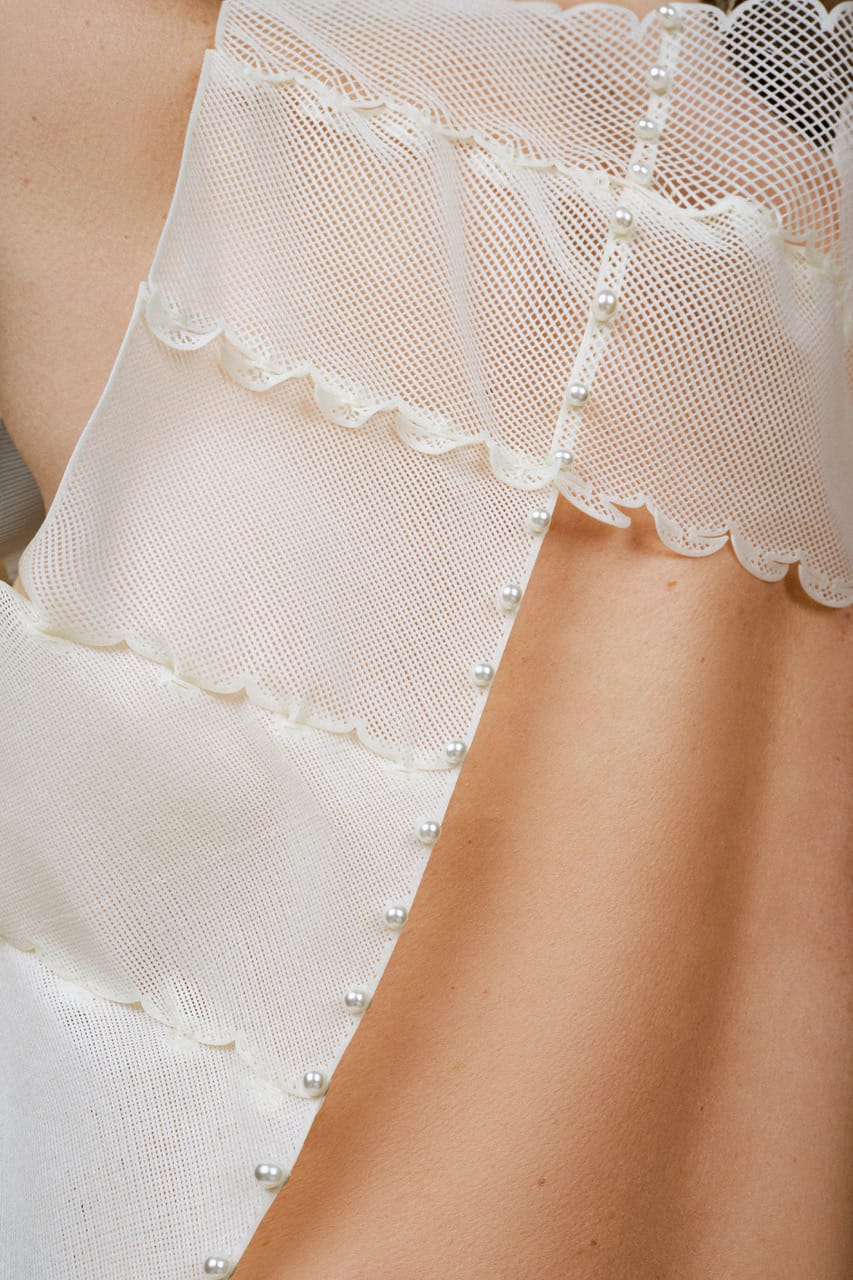
The Red Dot distinction not only validates Balena’s commitment to sustainable innovation but also heralds a transformative leap towards a fully circular textile industry. As the global market for 3D printed wearables is poised to exceed $7.5 billion by 2034, BioCir FlexTex3D is set to play a pivotal role in revolutionizing fashion production and reducing environmental impact.
Roubach also elaborated on the future plans for scaling the production and adoption of BioCir FlexTex3D. “We're ready to scale BioCir®flextex3D to meet the growing demand in the global market for 3D-printed wearables. Our focus is on expanding production capacity, forming strategic partnerships, and exploring new applications beyond fashion. BioCir®flextex3D is widely compatible and easily processed on Prusa, Artillery, and other direct drive 3D printers using filaments or pellets.”
Looking forward, Balena is not resting on its laurels. Roubach mentioned, “We are particularly excited about our ongoing work on new materials, including BioCirx, a circular injection molding material designed to replace non-biodegradable petrochemical materials in more rigid, durable goods. This innovation targets high-strength applications, especially for products like buttons or eyewear, where durability and performance are critical.”
BioCir FlexTex3D is described as a fully compostable and recyclable solution. Roubach explained the end-of-life process for products made with this material and its contribution to a circular economy. “When a BioCir®-based product reaches the end of its use, it's sent to an industrial compost facility. There, natural bacteria, heat, and moisture break down the material into carbon dioxide, water, and biomass. These byproducts are consumed by soil bacteria, leaving no waste or contamination and having no negative impact on compost quality.”
As Balena continues to innovate, the future looks bright for sustainable fashion. The company’s dedication to pushing the boundaries of what is possible with circular materials ensures that it will remain at the forefront of the industry’s transformation.
